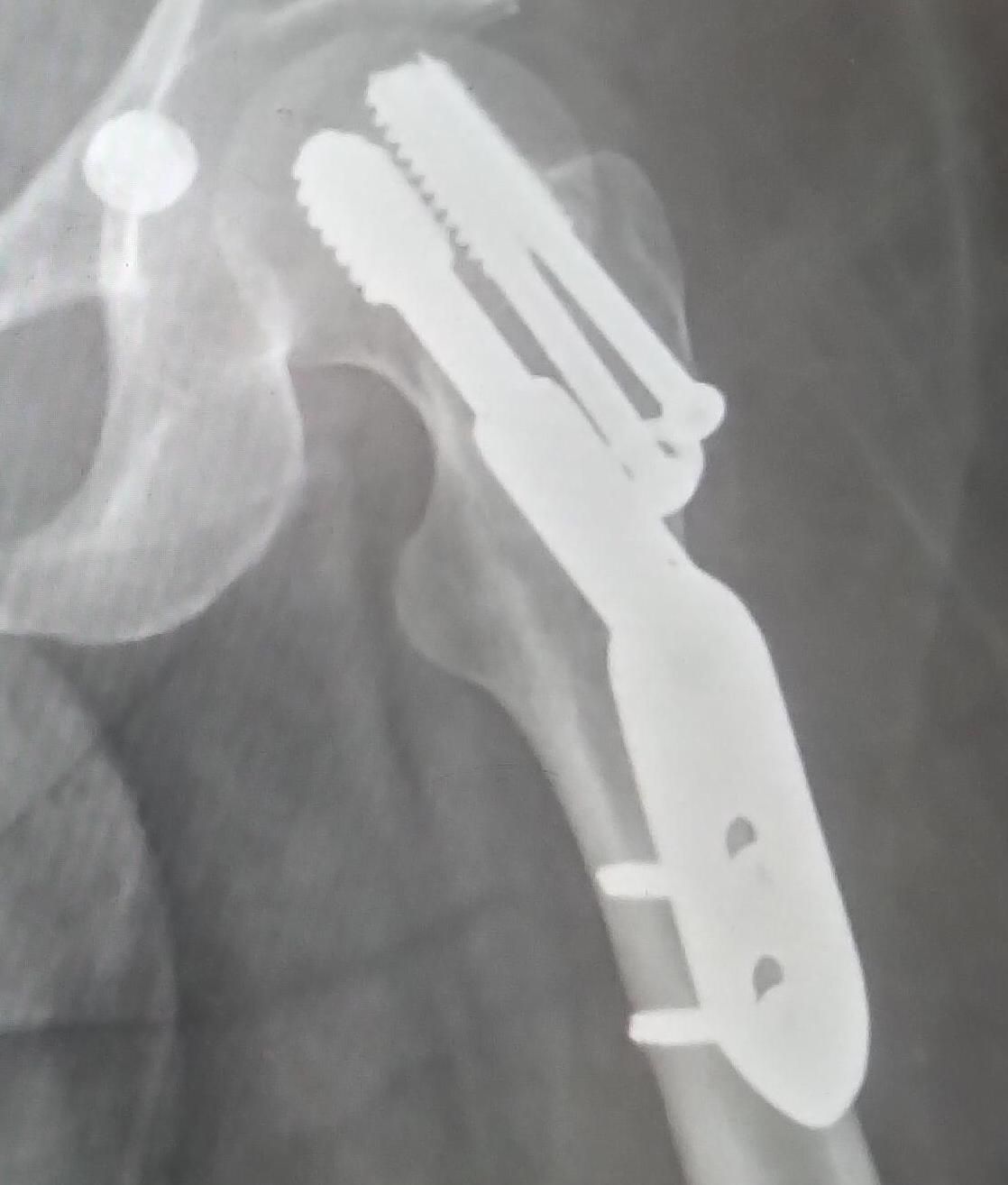Disability Debrief in Rehab
Hello Debriefers!
It's been a while. I got taken up with some disability drama in my own life so wasn't able to do our regular news updates or the exciting interviews in the pipeline. This edition will be a bit personal.
If you missed it… the last edition was an interview with Misti Ashrafun Nahar, the most popular I've done. We get into challenges with how NGOs are working on disability in Bangladesh, especially in their relation with organizations led by disabled people.
Loving the medical model after all
In late July I fell at home and fractured my hip. The operation went well, but given my impairment I don't have the upper body strength to hop out on crutches. I just got home last week after 7 weeks in hospital. Everything's going well and I'm in a much more positive stage of rehabilitation now.

I'm lucky that mostly I got, and am getting, the care that I need. It adds up to a significant package: 24-hour support on the rehab ward, some equipment for home, and 6-weeks social care with physio and other “reenablement” support. And, while I do have some comments, nearly all of the health-care workers I've met have been excellent. I'm very grateful to them and all my friends and family who've gotten me through this.
Advocacy from the hospital bed
Much to my professional delight, health systems have a lot of bureaucracy and I made a valiant effort to influence them in my favour. On getting into hospital everyone had asked me what my “pre-existing conditions” were, but a few days after my operation I realised that mine wasn't being taken into account.
My advocacy campaign was simple: I needed more physio to ensure that I didn't lose conditioning on the rest of my body while my hip was recovering. Depending on who I was talking to, my “medical needs weren't being met", “rehabilitation needs to take into account this interaction”, or “can you just help me with this for 5 minutes”.
Needless to say, raising your needs can get you into trouble later. This came when I was referred to a rehabilitation unit. The hospital which had only been providing me limited physio support referred me as needing intense physio support. The rehab unit, which has people with complex mobility needs as a target group, said they couldn't take me because of, yes, my complex mobility needs.
That was perhaps the scariest moment in the whole process as it wasn't clear what the alternative would be, and what my recovery would be without that support. Fortunately it turned out I could go, and one way or the other could get what I needed.
Reflections on inclusion
A lot of this has reminded me of the conversation about inclusive health-care I had earlier in the year with Antony Duttine, a specialist at WHO. Antony emphasizes the need for social understandings of disability within health-care, and how important it is to engage persons with disabilities in making things inclusive. From this experience I would add a few things.
The medical approach isn't working even on its own terms. Health-care systems and their specialisations seem hard-pressed to deal with the interactions of non-standard “pre-existing conditions”. This happens so frequently for people with neuromuscular conditions like my own that the specialist on my impairment has a care advisor as part of her team, to help navigate health care. She turned out to be totally invaluable.
Include yourself. I would not have received such a good standard of care without articulating my needs. And that's without even mentioning the fact I had the tools to do so and that people mostly took me seriously when I spoke. Comparing notes with other disabled folk the word on the street is “when you're at your lowest is when you need to fight for yourself”.
But including yourself is hard, and not always welcomed. At one point I needed to make my case to the consultant when I was morphine-addled and half-way through an exhausting physio session. Many doctors and other staff do not have developed skills in communicating with patients. When you're in a new medical situation you don't necessarily know what your needs are, and the professionals who could figure it out are not always joining the dots. And all this not to mention what happens when the patient finds it hard to understand and articulate what they need.
Resource constraints stop people thinking. Everyone I met was rushed off their feet and acutely aware they didn't have all the resources they should. Whenever a conversation took a turn about something I needed it would quickly fold into the limited provision available. Two conversations should be had separately: “what would be best” and then “what can be done”. If you have them at once you will not clearly diagnosis the situation or make full use of the resources you have.
What are your hospital and rehab stories?
I'm trying to think this all through, so would love to hear if you've got personal experiences of fighting with doctors, long stays in hospital or the rehabilitation journey. I’ll be on this rehab journey for some months to come, so could use the company.
Or likewise, if you've recommendations on things to listen/read/watch on related issues, that would be much appreciated.
Some disability news for luck (and a better world)
I’ll leave you with a couple of links, and stay tuned for business as usual on our news roundups. Here's an important video overview on Disability Inclusive Climate Justice:
Thanks to EDF and CBM Global for making this. You can also see a shorter version or see a recent article on how climate resilience efforts pose new risks for disabled people (September, The Hill).
Back in the community
I'm back at home, “in the community” as they call it when you're in hospital. I'm also happy to be coming back here to the community of friends and readers from around the world interested in disability.
I hope you've all been well, and hope to be back with you soon with the regular updates of disability news and going behind the scenes with people who are making the change happen.
Take care,
Peter
p.s. if you love a good x-ray image, then see the art of my good friend Davey Jose whose paintings and virtual reality film are inspired by x-rays of spinal-cord injuries.
